Woodlice are small terrestrial crustaceans, found in damp and dark places. A range of animals eat woodlice, including rodents, spiders and amphibians.
Contents
What eats woodlice?
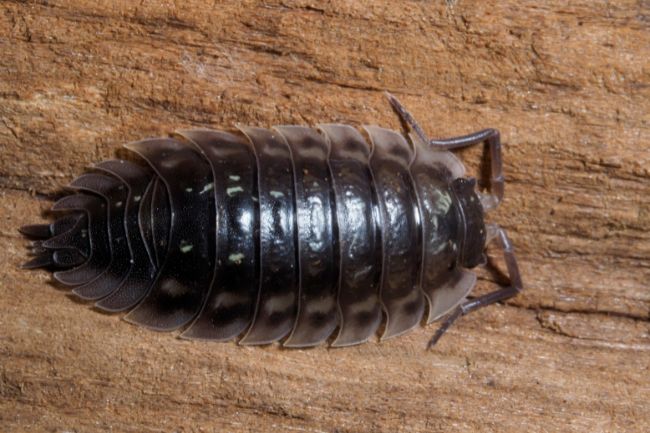
Woodlice are terrestrial isopods, part of the crustacean family. This means they are more closely related to crabs than to insects, despite often being mistakenly placed in this group.
Woodlice are detritivores, they eat partially rotted debris, such as wood and plant matter. While they are often labelled as pests, they do no harm to healthy plants and only tend to devour things that are already degrading.
Due to a high rate of water loss, woodlice tend to spend their time in damp, dark places, such as under logs or stones. Where they are found they can often appear in large numbers, and they are rich in protein, making them a worthwhile feast for any animal that can get hold of them.
| Animal | Description |
|---|---|
| Ground Beetle | Carnivorous beetle that hunts and consumes woodlice |
| Eastern Fence Lizard | Opportunistic predator that includes woodlice in its diet |
| American Toad | Amphibian that preys on various small invertebrates, including woodlice |
| Eastern Red-backed Salamander | Small salamander that feeds on woodlice among other prey |
| Animal | Description |
|---|---|
| Common Shrew | Insectivorous mammal that feeds on woodlice along with other small invertebrates |
| Common Frog | Amphibian that includes woodlice in its diet |
| European Hedgehog | Insectivorous mammal that occasionally consumes woodlice |
| Great Tit | Small bird that preys on woodlice as part of its diet |
| Animal | Description |
|---|---|
| Sugar Glider | Omnivorous marsupial that includes woodlice in its diet |
| Blue-tongued Skink | Large skink that feeds on various invertebrates, including woodlice |
| Australian Raven | Opportunistic omnivorous bird that consumes woodlice |
| Eastern Brown Snake | Venomous snake that preys on small invertebrates, including woodlice |
| Animal | Description |
|---|---|
| Asian Centipede | Predatory arthropod that feeds on woodlice and other small invertebrates |
| Japanese Quail | Bird species known to consume woodlice as part of its diet |
| Japanese Fire-bellied Newt | Amphibian that includes woodlice in its prey items |
| Japanese Weasel | Carnivorous mammal that occasionally preys on woodlice |
| Animal | Description |
|---|---|
| Leaf-cutter Ants | Social insects that feed on various organic matter, including woodlice |
| Guianan Cock-of-the-rock | Bird species known to eat woodlice as part of its diet |
| White-tailed Spider | Venomous spider that feeds on small invertebrates, including woodlice |
| Common Potoo | Nocturnal bird that preys on woodlice among other insects |
| Animal | Description |
|---|---|
| African Bullfrog | Large amphibian that includes woodlice in its diet |
| Mole-rats | Subterranean rodents that may consume woodlice when available |
| Ground Hornbills | Bird species known to feed on woodlice and other invertebrates |
| African Praying Mantis | Carnivorous insect that hunts and feeds on woodlice |
A list of most common predators
Small rodents
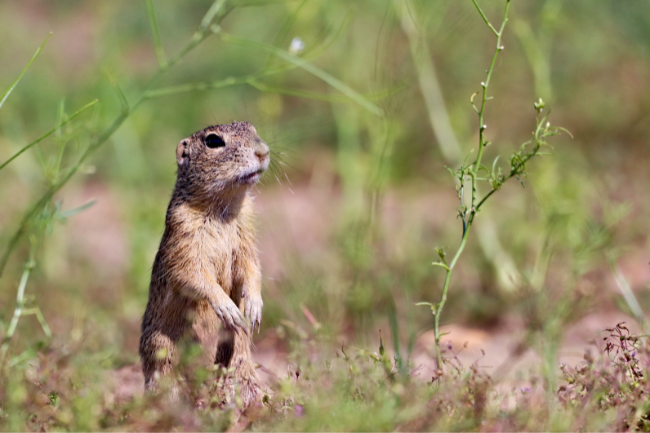
Many small rodents are insectivorous, meaning they eat largely invertebrates. While woodlice aren’t technically insects, they are counted among the fodder of these tiny mammals.
Shrews, voles and mice, will all happily eat a woodlouse if they encounter it. While these creatures aren’t big enough to roll over rocks and logs in search of these crunchy isopods, they often spend time in the same damp dark places are woodlice like to inhabit.
Badgers and hedgehogs
Among larger mammals, badgers and hedgehogs are the most likely to munch a few woodlice if encountered. Both tend to snuffle around the vegetation, looking particularly for slugs, snails and worms, but they will be fairly happy with any available invertebrates.
Badgers in particular like to turn over rocks and dig into wood with their strong paws, no doubt unearthing unsuspecting woodlice in the process.
Birds
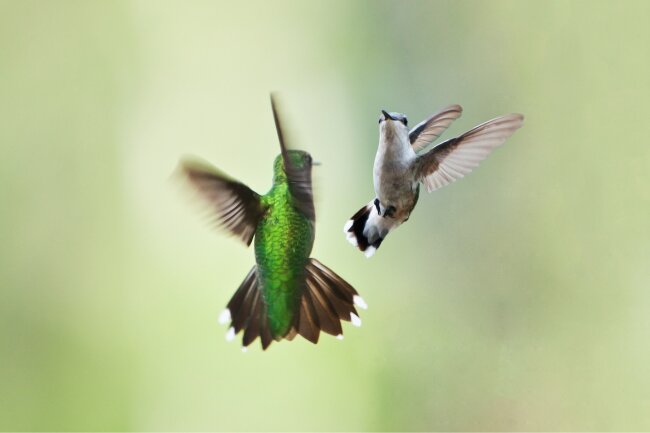
Birds can specialise in a variety of food groups, with some birds eating largely grains, while others drink nectar, however, a large number eat only invertebrates or survive on a mixed diet of invertebrates and seeds, nuts and berries.
Birds rarely stick to a particular group of creepy crawlies, instead of taking advantage of whatever turns up. Bugs that fly or sit on the surface of vegetation are often more likely to become dinner as they are more visible.
Woodlice have a slight advantage, therefore, as they spend most of their time hidden away. However, some bird species, such as blackbirds and thrushes, will move leaf litter, twigs and small stones to uncover unfortunate invertebrates, such as woodlice.
Amphibians
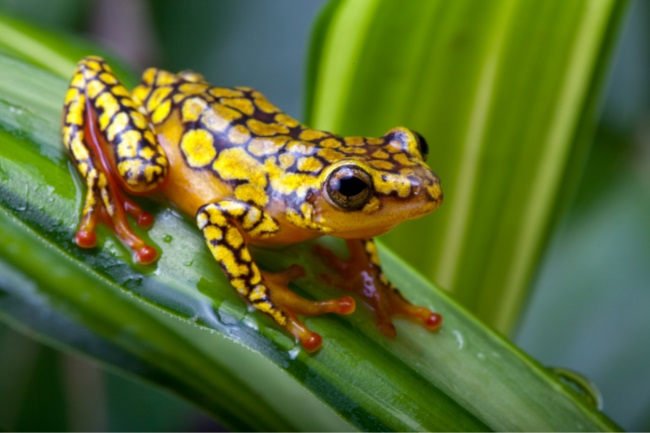
Most amphibians eat largely invertebrates. While we may think of frogs, newts and toads as spending all their time in the water, most species only head to water during the mating season, often spending the rest of the time in vegetation or dark places.
While they are unlikely to meet a woodlouse while hanging out in their local pond or stream, they may well encounter them when sheltering somewhere secluded the rest of the time, and then why not take a bite?
Spiders
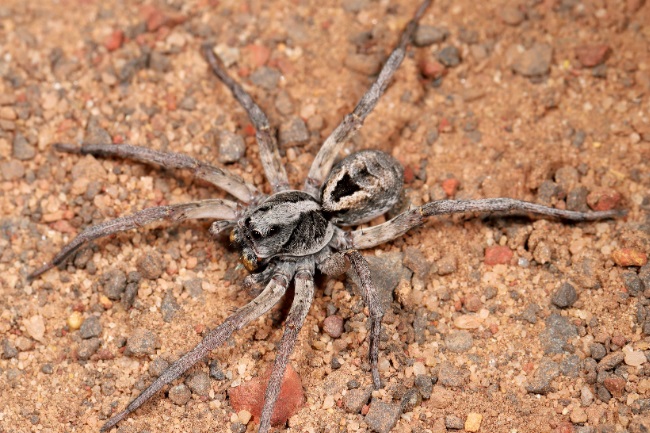
While web-weaving spiders often aim to catch flying insects, there are also many species of spiders that do not bother with a web. These spider species are usually ambush or stalking spiders, that either pounce on unsuspecting prey or hunt them down.
One spider that particularly specialises in hunting for woodlice is the woodlouse spider Dysdera crocata. This chunky spider has large jaws to grasp the woodlouse and breakthrough its exoskeleton. A terrifying prospect in the dark world of the woodlouse.
Humans
While we may have heard of people eating snails, we are less familiar with people chowing down on a plate of woodlice. Those that do cook up a pot of woodlice stew compare these little crustaceans to crunchy shrimps in flavour.
How do they survive?
Woodlice don’t have many ways to protect themselves, having no venom and a small mouth not designed to bite larger creatures.
Their main defence is being hard to find. Their life, spent under rocks and within dark crevices, helps keep them out of the view of many predators. They also often bear fairly camouflaged colours, such as grey and brown, helping them blend in.
If they are discovered, their primary instinct is to run and hide, getting out of the light and back to the safety of the dark. This helps them to evade hungry predators.
Their final defence, if all else fails, is their hard exoskeleton, which provides them with some protection from other invertebrates, though it’s not so effective against bigger mouths.
Also read: Woodlouse and its Legs – How Many, Why (Explained)
Tasty woodlice
Woodlice are important recyclers, helping to clear up waste and break down rotting matter.
Beyond the usefulness of their own appetites, they are also an important source of food for other animals. So while not everyone will be pleased to see these skittering little creatures, they certainly have found their place in our busy world.

